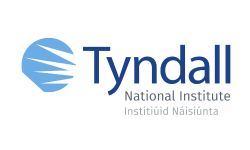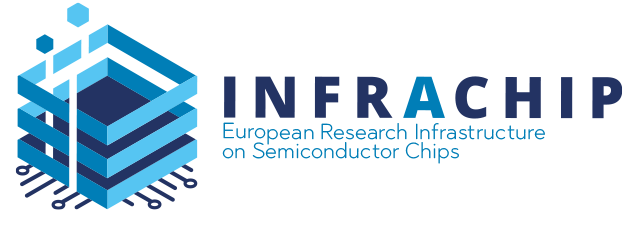Transfer printing for heterogeneous integration
About
Suitably prepared photonic or electronic components can be heterogeneously integrated by transferring the components from a source wafer to a target substrate. The components are then connected using lithographically patterned redistribution lines.
Description
Highly functional devices for sensing, communications, power conversion and other applications can be constructed from semiconductors (e.g. InP, GaAs, GaN, Si), dielectric (e.g. LN) and other materials. Other materials can also be envisaged. Many of these components can be fabricated at Tyndall using the clean-room facility.
These devices can be integrated with waveguides and electronics for form electronic-photonic-integrated-circuits (EPIC) suitable for the application.
Transfer print integration releases the devices from the source substrate and uses a stamping process to print the devices to a target wafer with or without a thin adhesive layer. The target can contain active devices (e.g. electronics) or passive (e.g. waveguides).
Technical specifications:
The receiving surface should have local sub-nm roughness if direct printing is required. Otherwise, a polymeric adhesive layer can be applied to allow bonding. The precision of placement can be better than +/- 0.5 microns depending on thickness and fiducials.
The ideal components are thin (200 nm to 5 microns) with small lateral dimensions (< 2mm x 0.5 mm).
Case study:
Sensing or communicating photonic integrated circuits can be built by integrating lasers, modulators, optical power converters and detectors with waveguides. The devices can cover the optical spectrum.
Electronic elements (capacitors, inductors, circuits) can also be combined.
Optional:
https://doi.org/10.1016/j.pquantelec.2017.01.001
Access Provider / Facilities




